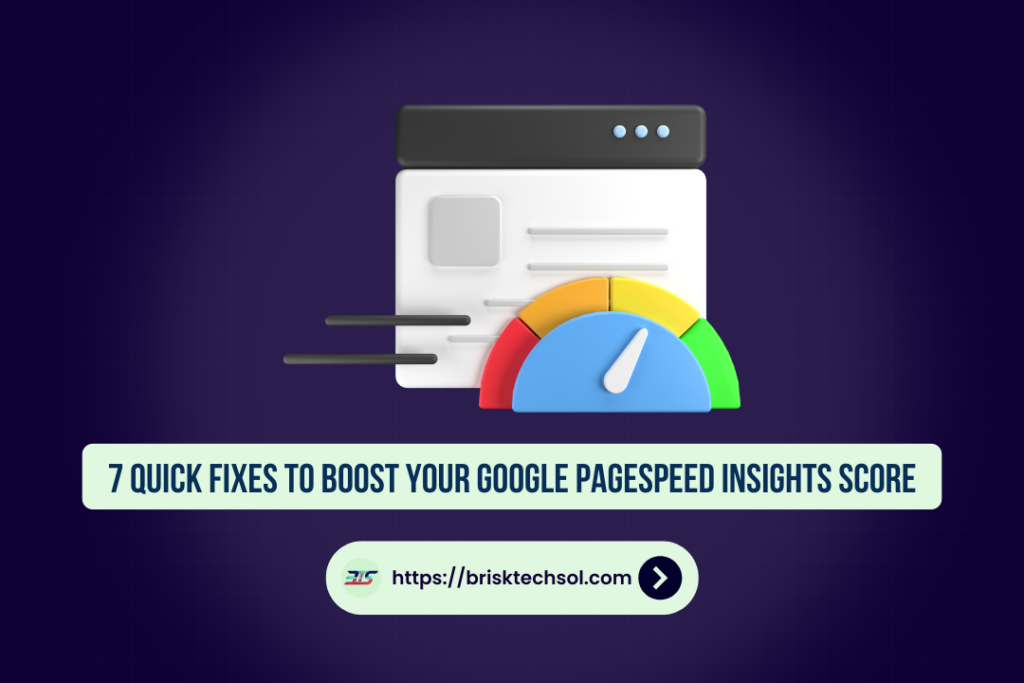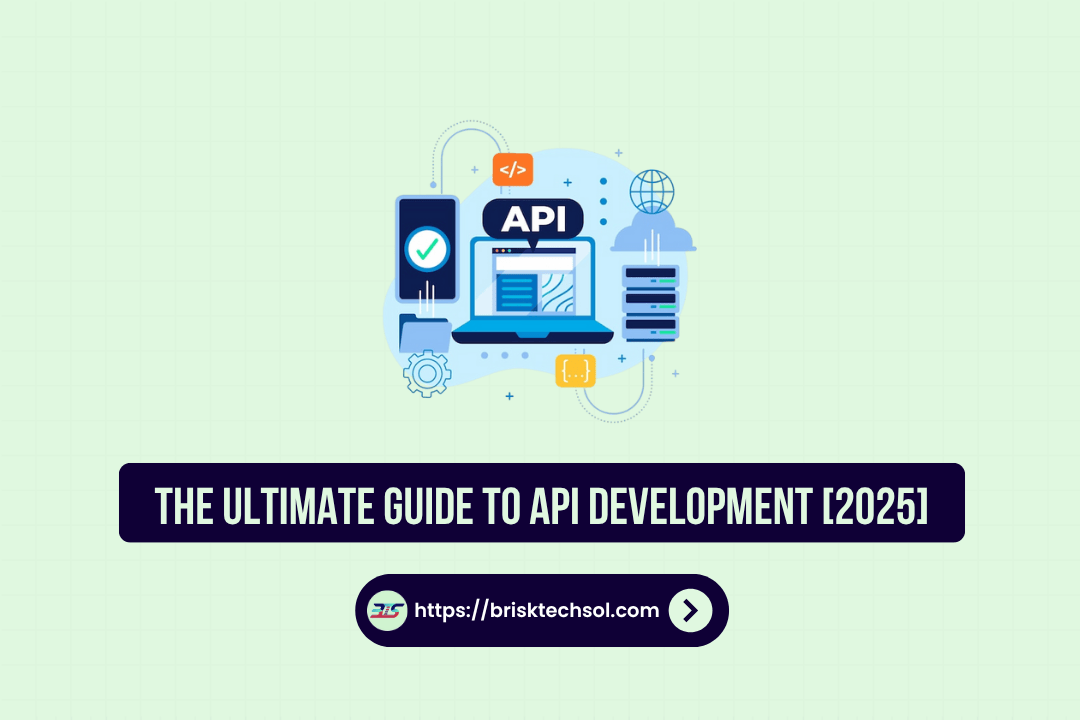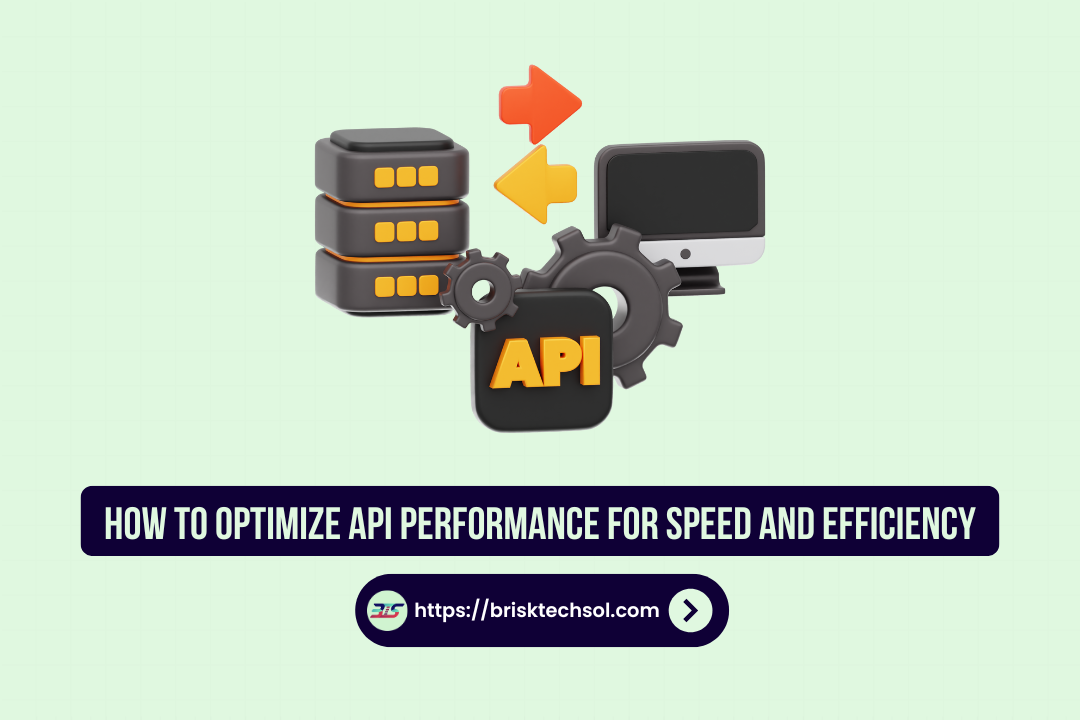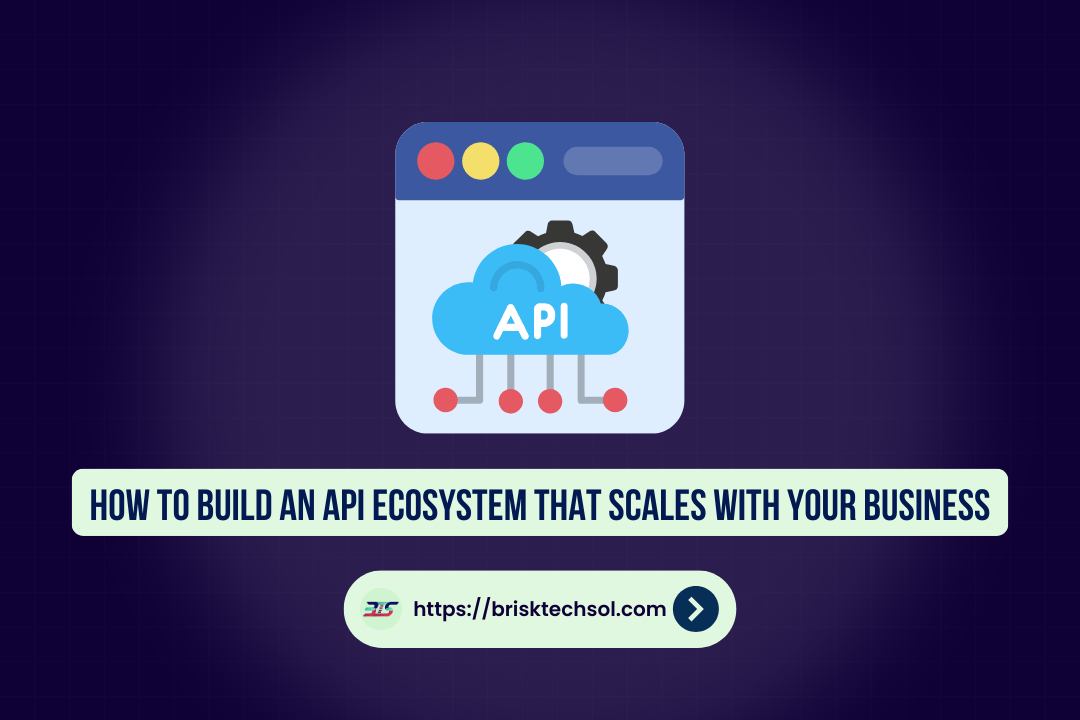Website speed is a critical factor for both SEO and user experience. This article reveals seven quick fixes to boost your Google PageSpeed Insights score, helping you achieve faster load times, improved performance, and better search engine rankings. Whether you’re a seasoned developer or a beginner, these actionable strategies can boost your site’s speed.
Understanding Google PageSpeed Insights
Google PageSpeed Insights is a free online tool developed by Google that evaluates how well your web pages perform on both mobile and desktop devices. It uses a scale from 0 to 100 to score your website’s speed and provides insights into various performance metrics, such as First Contentful Paint (FCP), Largest Contentful Paint (LCP), and Time to Interactive (TTI). These metrics help you understand the real-world user experience by quantifying the load time of critical elements.
Understanding these metrics is crucial because they not only impact user engagement but also affect SEO rankings. Google uses page speed as a ranking signal, meaning faster sites tend to rank higher in search results. With a solid grasp of what PageSpeed Insights measures, you can strategically prioritize improvements that lead to a faster, more efficient website, ultimately benefiting your brand and online presence.
Importance of Website Speed for SEO & User Experience
Website speed is a cornerstone of online success. Fast-loading websites not only provide a seamless user experience but also play a pivotal role in SEO. Studies show that even a one-second delay in page load time can reduce conversions by up to 7%. Furthermore, a high bounce rate from slow-loading pages signals to search engines that users are not satisfied, potentially resulting in lower rankings.
For businesses, the stakes are high: every second counts when capturing visitor attention. Fast websites ensure that users find what they need quickly, improving engagement and increasing the likelihood of conversions. Moreover, Google’s algorithms favor sites that load rapidly, meaning that speed optimizations directly translate into better search engine rankings.
The link between speed and user experience is evident across all devices. With mobile usage on the rise, ensuring that your website loads quickly on smartphones and tablets is more important than ever. Faster load times also reduce server load and improve overall site stability, contributing to a more robust digital presence. In summary, enhancing website speed is not only about technical performance. it’s a strategic investment in customer satisfaction and search visibility.
Quick Fixes to Boost Your Google PageSpeed Insights Score
Quick Fix #1: Optimize and Compress Images
Images are often the largest files on a webpage, and unoptimized images can significantly slow down your load times. Optimizing images involves compressing them without losing quality, resizing them to the correct dimensions, and choosing the right file format (such as JPEG for photographs and PNG or WebP for graphics).
To start, use tools like TinyPNG or ImageOptim to reduce file sizes. These tools apply smart compression techniques that maintain visual quality while reducing the file size dramatically. In addition, consider using responsive images that automatically adjust based on the visitor’s device. This not only saves bandwidth but also improves the overall user experience.
A quick table example to illustrate the benefits:
| Fix | Benefit | Tools | Expected Impact |
|---|---|---|---|
| Image Optimization | Reduced file sizes & faster load | TinyPNG, ImageOptim, Kraken | 30–50% improvement in load time |
Incorporating image optimization into your workflow can result in a noticeably faster website. Remember to update image alt tags with descriptive keywords to boost SEO further. Regularly audit your site for outdated or oversized images, and implement lazy loading to ensure images load only when they are visible in the viewport. These simple yet effective techniques can have a profound impact on your Google PageSpeed Insights score and overall site performance.
Quick Fix #2: Minify CSS, JavaScript, and HTML
Excess code and unnecessary characters in your files can cause delays in page rendering. Minification is the process of removing whitespace, comments, and other non-essential elements from your CSS, JavaScript, and HTML files. This results in smaller file sizes and faster load times.
Tools such as UglifyJS for JavaScript, CSSNano for CSS, and HTMLMinifier for HTML can automate this process. Many content management systems also offer plugins that automatically minify files when you update your site. By reducing the size of your code, you minimize the amount of data that needs to be downloaded, parsed, and executed by the browser.
Here’s a quick comparison table for clarity:
| File Type | Common Tools | Key Benefit | Expected Impact |
|---|---|---|---|
| CSS | CSSNano | Faster style rendering | 20–40% reduction in file size |
| JavaScript | UglifyJS, Terser | Quicker script execution | 20–35% faster execution time |
| HTML | HTMLMinifier | Streamlined markup | Improved load times by up to 25% |
Additionally, combining files where possible can reduce the number of HTTP requests, further enhancing performance. Minification not only speeds up load times but also improves readability for search engines by eliminating redundant code. This small adjustment in your site’s infrastructure can contribute significantly to a better PageSpeed score and an enhanced user experience.
Quick Fix #3: Browser Caching
Browser caching allows your website’s visitors to store static files locally in their browsers. When a user revisits your site, these files don’t need to be downloaded again, leading to much faster load times. Implementing caching is particularly effective for sites with recurring visitors and frequently accessed static resources like images, CSS, and JavaScript files.
To enable browser caching, add appropriate cache-control headers to your server configuration. For Apache servers, this can be done via the .htaccess file, while Nginx users can update the configuration file directly. Tools like GTmetrix or Pingdom can help you analyze your caching performance and suggest improvements.
A simplified table might look like this:
| Fix | Benefit | Implementation | Expected Impact |
|---|---|---|---|
| Browser Caching | Faster repeat visits & reduced load | .htaccess or Nginx config | 40–60% faster loading for returning visitors |
Moreover, consider setting expiration dates for static resources. This ensures that users always load the latest version when necessary, while still benefiting from cached data on subsequent visits. Combining caching with other speed optimizations creates a smoother, faster experience that not only pleases users but also helps maintain higher rankings in Google’s search results.
Quick Fix #4: Enable Compression
Enabling compression on your website’s files is another highly effective method to boost load speeds. Compression techniques like Gzip or Brotli reduce the size of HTML, CSS, and JavaScript files before they are sent over the network. When the compressed files reach the user’s browser, they are decompressed, allowing for a faster and more efficient delivery of content.
Most modern web servers support compression out-of-the-box. For Apache servers, enabling Gzip can be as simple as adding a few lines to your .htaccess file. Nginx users can also configure gzip compression in the server configuration. The key is to ensure that all text-based resources are compressed to significantly reduce the amount of data transmitted.
Consider this quick table to visualize the benefits:
| Fix | Benefit | Tools/Configuration | Expected Impact |
|---|---|---|---|
| Compression | Smaller file sizes | Gzip, Brotli | 50–70% reduction in file size |
Using compression can lead to a dramatic decrease in load times, especially for mobile users or those with slower internet connections. Additionally, combining compression with caching and minification creates a multi-layered approach to site optimization. Regularly verify your server’s configuration using online tools, and make adjustments as needed to maintain a high Google PageSpeed Insights score.
Quick Fix #5: Optimize Server Response Time
A slow server response time can hinder the performance of your entire website. Optimizing server response time involves reviewing and adjusting various backend processes, including database queries, server configurations, and the overall hosting environment. A well-configured server not only speeds up the delivery of web pages but also improves user experience and SEO rankings.
Start by analyzing your current server performance using tools like Google PageSpeed Insights or WebPageTest. Identify bottlenecks such as inefficient database queries or outdated server software. Upgrading your hosting plan or switching to a dedicated server can also make a significant difference. Additionally, consider using caching plugins or a content management system (CMS) that is optimized for speed.
A quick table example to summarize key points:
| Fix | Benefit | Action Steps | Expected Impact |
|---|---|---|---|
| Optimize Server Time | Faster initial server response | Database tuning, upgrading hosting | 20–40% improvement in speed |
By focusing on server-side optimizations, you ensure that your site’s backend is as efficient as the front-end fixes you implement. This holistic approach helps create a robust infrastructure that supports high traffic, reduces downtime, and maintains a competitive edge in search engine rankings.
Quick Fix #6: Reduce Redirects and Eliminate Broken Links
Redirects, while sometimes necessary, can add extra HTTP requests and increase load times if overused. Similarly, broken links not only harm user experience but can also affect your overall SEO performance. Minimizing the use of redirects and promptly fixing broken links is crucial for maintaining a lean, efficient website.
Begin by auditing your website to identify unnecessary redirects. Tools such as Screaming Frog or Ahrefs can help pinpoint redirect chains and broken links. Once identified, update or remove these redirects and ensure that internal links point to the correct URLs. Not only will this speed up the loading process, but it will also enhance the overall user experience and help improve your Google PageSpeed Insights score.
A simple comparison table can help illustrate the impact:
| Fix | Benefit | Tools/Method | Expected Impact |
|---|---|---|---|
| Redirect Reduction | Fewer HTTP requests, faster load | Screaming Frog, Ahrefs | 15–30% improvement in load time |
| Fix Broken Links | Enhanced user experience | Manual review & automated tools | Improved site credibility |
Regularly monitor your site for broken links and outdated redirects. Establishing a routine check-up not only keeps your website in top shape but also ensures that any new issues are addressed before they negatively impact performance. This proactive approach is essential for long-term SEO success and maintaining a high PageSpeed score.
Quick Fix #7: Use a Content Delivery Network (CDN)
A Content Delivery Network (CDN) distributes your website’s static content across multiple global servers, reducing the physical distance between your content and your site visitors. By serving resources from the nearest server location, a CDN dramatically improves load times, especially for users located far from your primary server.
Implementing a CDN is straightforward with popular providers such as Cloudflare, Akamai, or Amazon CloudFront. Once configured, the CDN caches static assets like images, CSS, and JavaScript files, delivering them quickly to users around the globe. This not only enhances user experience but also reduces the load on your origin server.
Below is a quick table outlining CDN benefits:
| Fix | Benefit | Providers | Expected Impact |
|---|---|---|---|
| CDN Usage | Faster global content delivery | Cloudflare, Akamai, AWS CDN | 30–50% faster loading internationally |
When selecting a CDN, consider factors such as ease of integration, cost, and the locations of their servers relative to your audience. Additionally, ensure that your CDN settings are optimized for caching and security. By incorporating a CDN into your overall performance strategy, you can achieve a noticeable boost in your Google PageSpeed Insights score and create a more responsive, user-friendly website.
Key Takeaways
Understanding PageSpeed Insights:
Google PageSpeed Insights is essential for evaluating website performance by measuring key metrics like First Contentful Paint (FCP), Largest Contentful Paint (LCP), and Time to Interactive (TTI). A high score correlates with better SEO and user experience.
Impact of Website Speed:
Faster websites reduce bounce rates and improve conversion rates, directly influencing search engine rankings and overall visitor satisfaction.
Seven Quick Fixes:
- Optimize and Compress Images:
Reduce file sizes using tools (e.g., TinyPNG) to improve load times without compromising quality. - Minify CSS, JavaScript, and HTML:
Remove unnecessary code and whitespace to streamline file sizes, using tools like UglifyJS and CSSNano. - Browser Caching:
Enable caching to store static files locally, speeding up repeat visits. - Enable Compression:
Use compression methods such as Gzip or Brotli to shrink file sizes during data transmission. - Optimize Server Response Time:
Improve backend processes (e.g., database tuning, server configuration) to reduce delays. - Reduce Redirects and Eliminate Broken Links:
Audit and fix redirects and broken links to minimize extra HTTP requests. - Use a Content Delivery Network (CDN):
Distribute content globally to reduce latency and speed up load times for international users.
SEO Optimization Strategies:
Effective keyword placement, meta tags, image alt texts, and regular performance testing are crucial for maintaining high SEO rankings.
Regular Maintenance:
Consistent monitoring and updates are necessary to ensure ongoing website performance improvements and sustained search engine visibility.
FAQ’S
What is Google PageSpeed Insights and why does it matter?
Google PageSpeed Insights analyzes your site’s performance, offering a score that reflects load times and efficiency. A higher score means a faster, more user-friendly site, which is critical for SEO and conversions.
How do optimized images improve site speed?
Optimized images load faster by reducing file sizes. Tools like TinyPNG compress images without quality loss, decreasing load times and positively affecting your PageSpeed score.
What role does code minification play in performance?
Minifying CSS, JavaScript, and HTML removes unnecessary characters, reducing file sizes and improving load speed. This results in quicker rendering of content and a smoother user experience.
How often should I check my website’s speed?
Regularly testing your site ideally monthly or after major updates—helps identify issues early. This proactive approach ensures your website remains optimized and competitive in search rankings.
Can a CDN truly enhance my website’s performance?
Yes. A CDN distributes your content across global servers, ensuring faster load times regardless of visitor location. This not only improves user experience but also contributes significantly to a higher PageSpeed Insights score.









